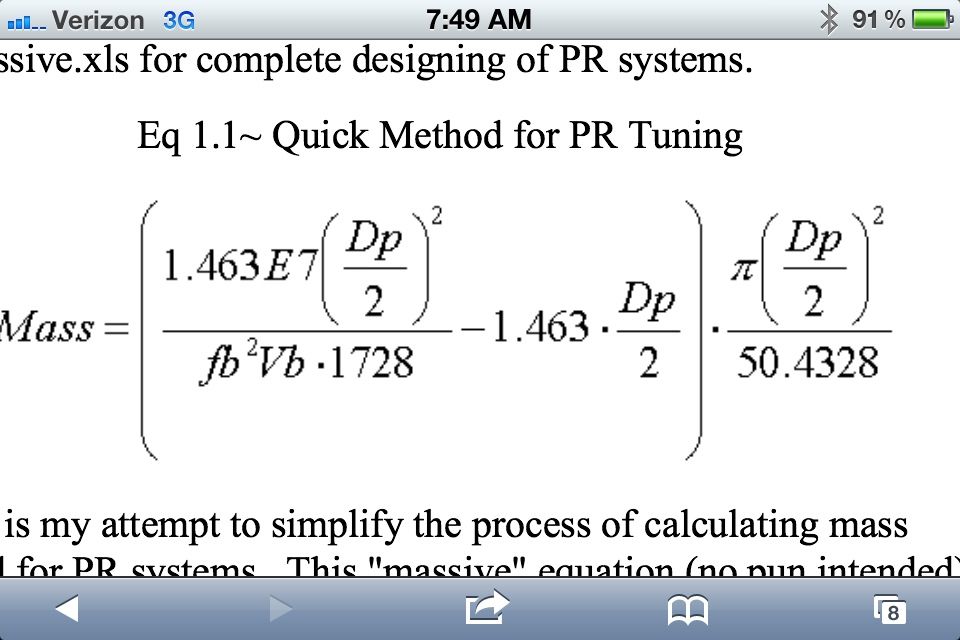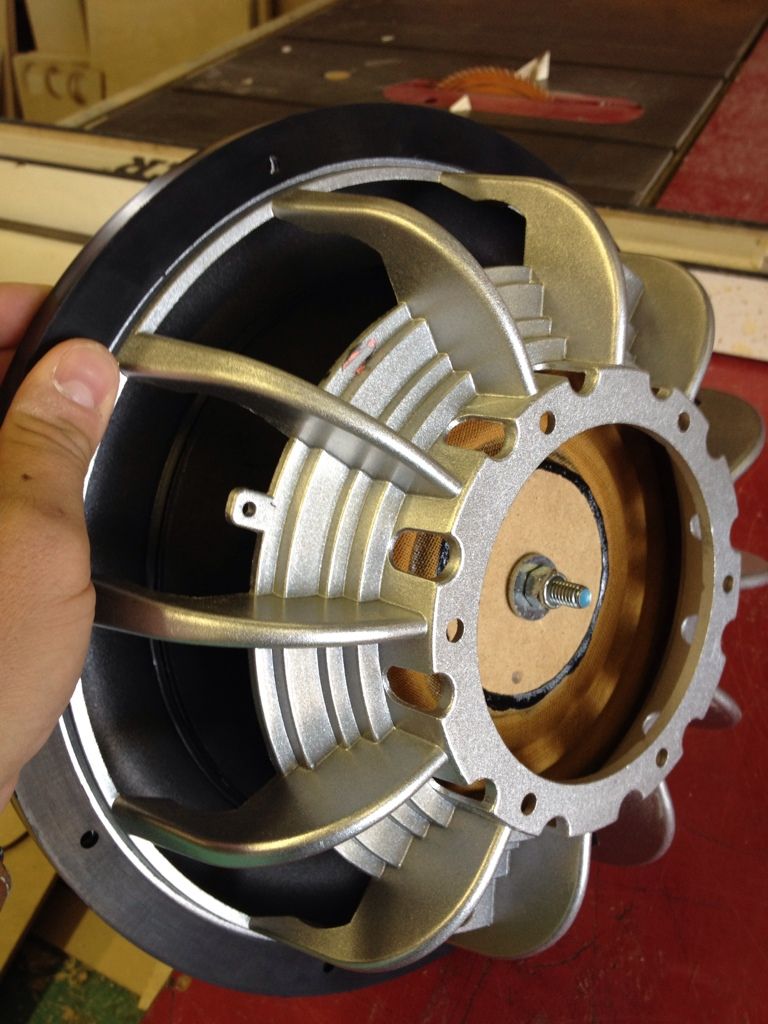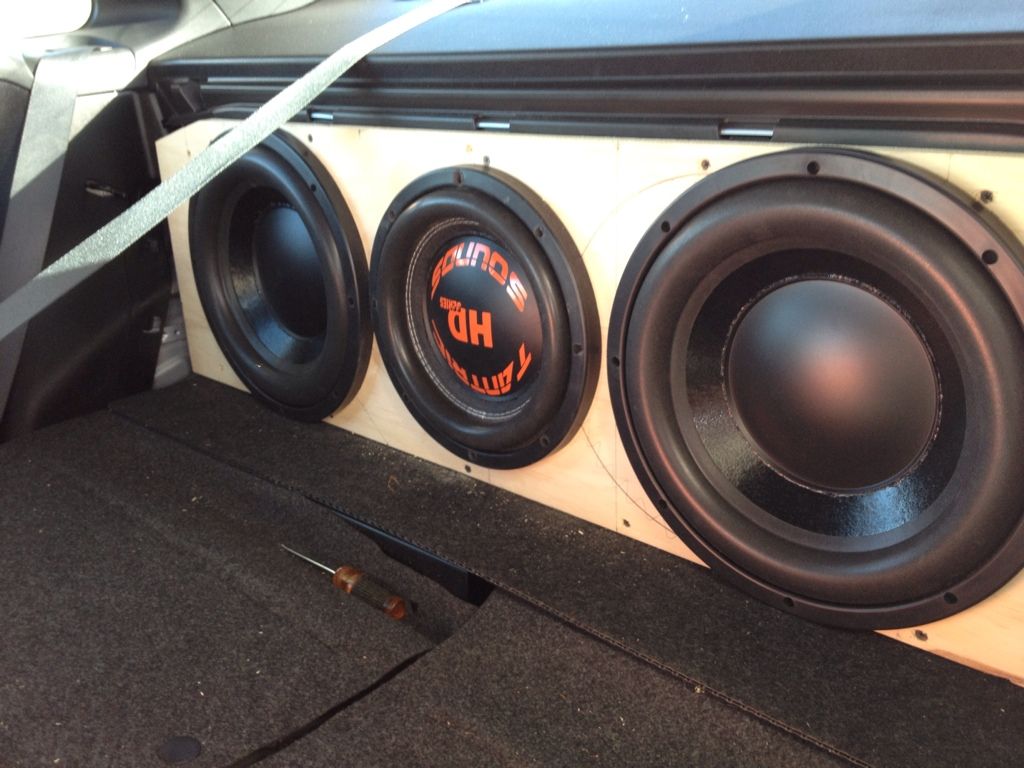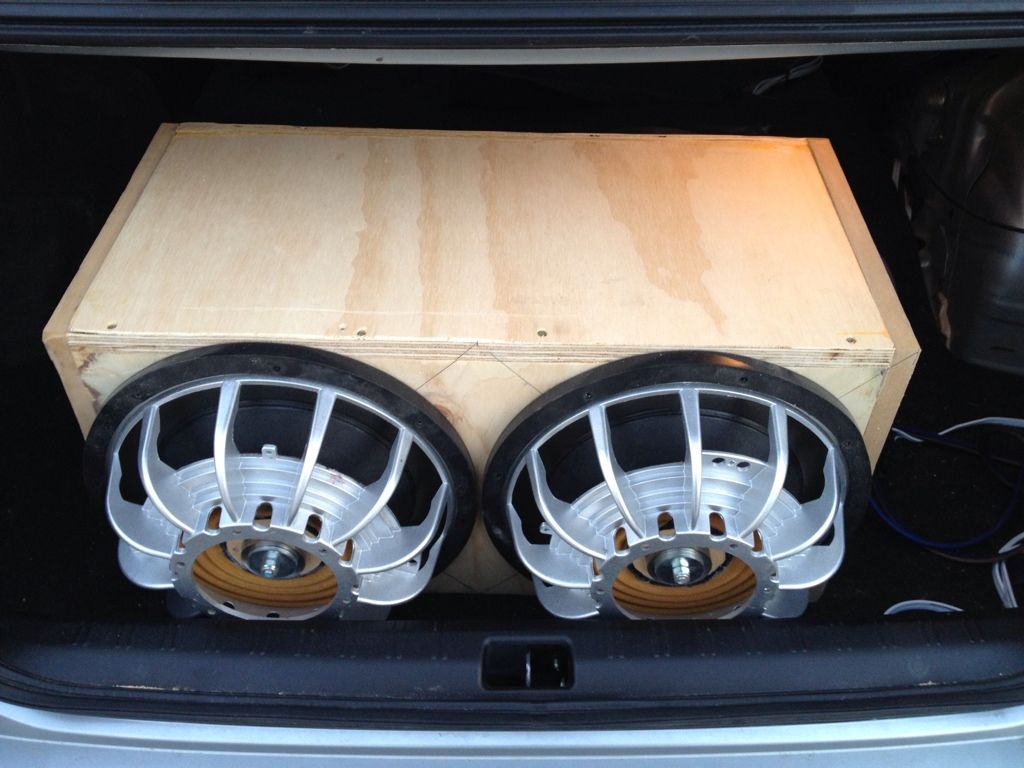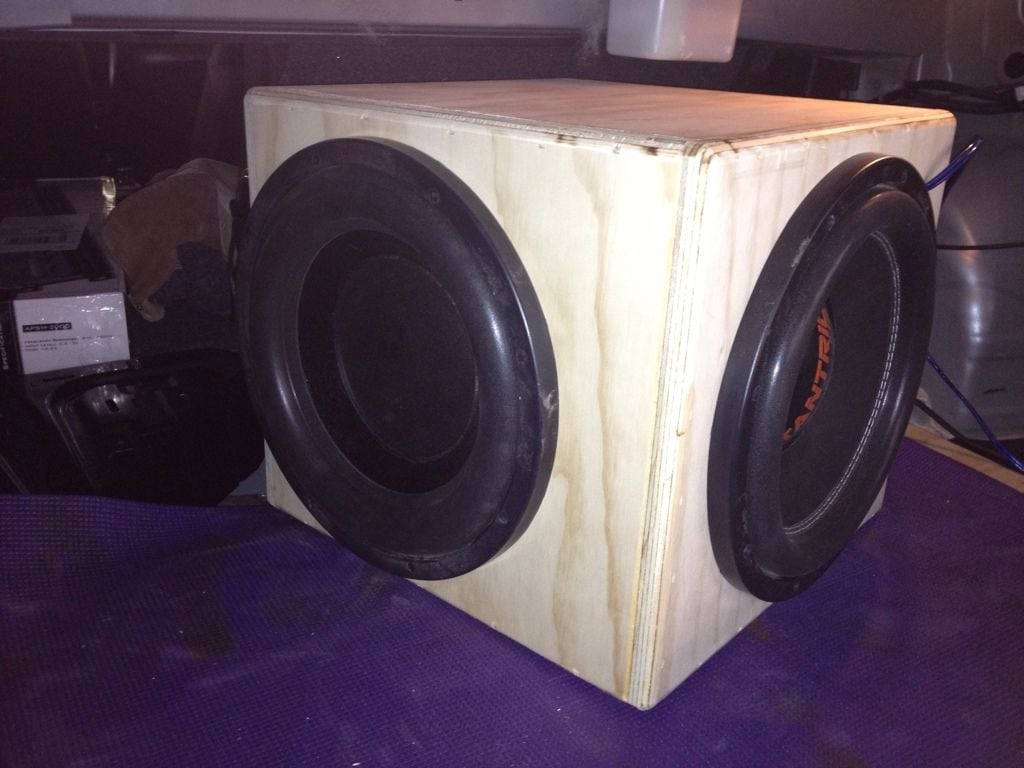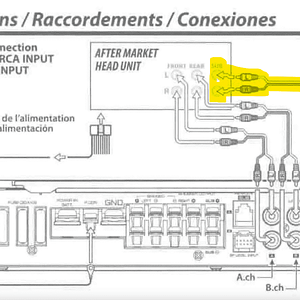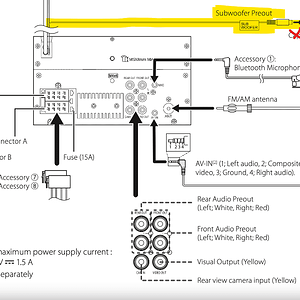jockhater2 10+ year member
CarAudio.com Veteran
I found this when I searched it. Can someone help me understand it a little better. Basically dumb it down for me. I guess my big question is. Passive radiator vs Ported. What are some pro and cons.
This is what I found when I googled it.
"From another sealed vs ported discussion
The design choice depends on $$$/driver/footprint and power available.
The important differences are .
1. Ported designs need less power to produce output down to their tuning point.
2. Ported designs have better output at their tuning frequency then sealed design when driver/amp are similar.
3. Sealed designs have more output below and above the tuning of a ported design.
4. Sealed designs can inherently protect the driver from over excursion if the box is small enough. Ported designs need a SubSonicFilter to protect the driver.
5. Sealed designs need far greater power to achieve high SPL down low because there is a HUGE boost down low to get output.
6. Audiophile myths like tighter bass are not worthy of any science discussion. Of course a port introduces more noise into the design.
The difference between ported and Passive Radiator is pretty simple.
1. PR allows for a smaller box with same tuning point.
2. PR offers less noise (NO port chuffing, etc).
3. PR costs a little more $$$ vs ported
4. Ported box will have a little higher max SPL vs same amp/driver in a PR design."
@pro\-rabbit ; @double 07 ;
@TaylorFade ; @keep_hope_alive ;
This is what I found when I googled it.
"From another sealed vs ported discussion
The design choice depends on $$$/driver/footprint and power available.
The important differences are .
1. Ported designs need less power to produce output down to their tuning point.
2. Ported designs have better output at their tuning frequency then sealed design when driver/amp are similar.
3. Sealed designs have more output below and above the tuning of a ported design.
4. Sealed designs can inherently protect the driver from over excursion if the box is small enough. Ported designs need a SubSonicFilter to protect the driver.
5. Sealed designs need far greater power to achieve high SPL down low because there is a HUGE boost down low to get output.
6. Audiophile myths like tighter bass are not worthy of any science discussion. Of course a port introduces more noise into the design.
The difference between ported and Passive Radiator is pretty simple.
1. PR allows for a smaller box with same tuning point.
2. PR offers less noise (NO port chuffing, etc).
3. PR costs a little more $$$ vs ported
4. Ported box will have a little higher max SPL vs same amp/driver in a PR design."
@pro\-rabbit ; @double 07 ;
@TaylorFade ; @keep_hope_alive ;

